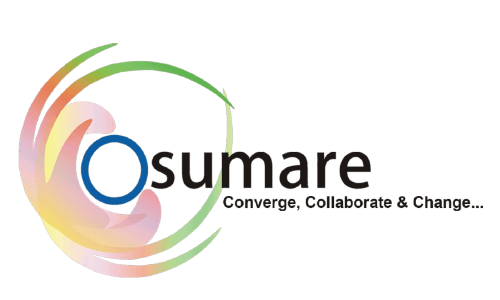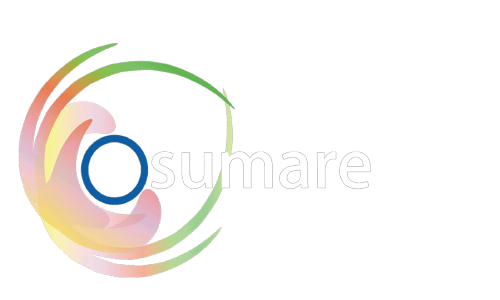Every successful brand has one common thread—deep understanding of its target audience. Your target audience isn’t just a factor in your strategy; it’s the cornerstone of everything you do in branding and marketing. Neglect to fully grasp who your audience is, and every element of your strategy—from your positioning to your messaging—risks misalignment. Let’s explore how defining your target audience shapes your decisions and guarantees a strong foundation.
What Is a Target Audience?
Your target audience is the group of people who are most likely to need or want what your brand offers. They are the driving force behind your product or service and the ones you aim to satisfy. From their challenges to their aspirations, every detail about them matters.
The Core Relationship Between Audience and Brand Development
Imagine building a house. You wouldn’t start with the windows or the roof—you’d focus on strong foundations first. Similarly, defining your target audience is the foundational step in creating a brand. Every other aspect of your branding, like voice, personality, or identity, is constructed with your audience in mind. When this foundation is weak or misdirected, the entire structure collapses.
Why Audience Misalignment Harms Your Brand
Failing to connect with your audience leads to cascading issues. Your brand’s positioning strategy may stop speaking to their pain points. Your communication might feel shallow or out of touch. With misalignment, even how your visual identity looks and feels can miss the mark. In short, audience misalignment creates obstacles that weaken your marketing efforts and tarnish your brand’s image.
The Power of Understanding Your Audience’s Journey
To effectively communicate, you must first understand where your audience is coming from and where they want to go. What challenges have brought them to this point? What do they dream of achieving? By discovering their struggles and goals, you’ll know how to reach them at the exact moment they need your brand.
Questions to Define Your Target Audience
To fully develop your understanding, ask yourself key questions like:
- Who are they as individuals?
- What are their current challenges and pain points?
- What emotions surround their struggles or desires?
- What’s their ultimate goal, and how can you help them achieve it?
Getting inside the mind of your audience isn’t guesswork. It’s a structured process of gathering insights and uncovering their truths.
How to Gather Audience Insights Without a Big Budget
If hiring a market research firm isn’t in your budget, don’t worry. You can uncover valuable insights with a DIY approach. Here are some steps you can take:
Explore Forums and Social Media
Engage with communities where your audience spends their time. Online forums, Facebook groups, and even Twitter threads can reveal what your audience openly discusses. Pay attention to the problems they share and the solutions they’re asking for.
Analyze Reviews for Common Feedback
Customer reviews on products or services similar to yours can act as a goldmine of information. Look for patterns—mentions of frustration, appreciation, or recurring keywords. They’ll often uncover both explicit needs and emotional reactions.
Observe Behavior on Social Platforms
What types of content does your audience like, share, or comment on? What questions are they asking? Track patterns in engagement to develop a clearer picture of how they see the world.
Building a Brand that Speaks to the Audience
Once you have a deep understanding of your audience, these insights act as a roadmap for every branding decision you’ll make.
Shaping Brand Positioning
Align your brand promise directly with their top challenges. If they’re looking for trust, emphasize guarantees. If speed is the issue, highlight efficiency.
Crafting a Relatable Personality
With audience knowledge in hand, define traits that mirror their values. For example, if your audience values professionalism, focus on a polished personality. For younger, creative audiences, inject energy and playfulness.
Designing a Visual Identity They Connect With
Colors, fonts, and imagery should evoke the emotions tied to their goals or struggles. For an audience seeking calm, muted, soothing colors serve better than bold, aggressive tones.
Connecting Through Communication Strategy
Knowing where your audience is on their journey allows you to deliver the right message at the perfect time. Speak to their problems in their language—this creates a human-to-human conversation rather than a transactional ad.
Lay Solid Foundations for Long-Term Growth
Understanding your target audience isn’t a one-time action. People evolve, and so will your audience. Periodically revisit your research, update your personas, and track whether your strategy still aligns with their needs. Brands that commit to this consistently outperform those that don’t.
Conclusion
Taking the time to fully understand your target audience is the most critical step in building a successful brand. Without knowing their needs, emotions, and challenges, you risk building something that doesn’t resonate. But if you build your foundation on solid audience insights, every layer—from voice to visuals—will align, creating a brand they trust and connect with.
Let your target audience guide your decisions. That’s the cornerstone of strategic branding and the essence of connecting with your ideal customers.

